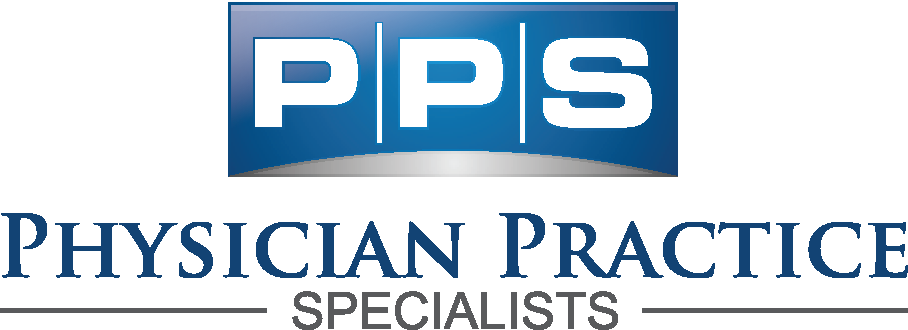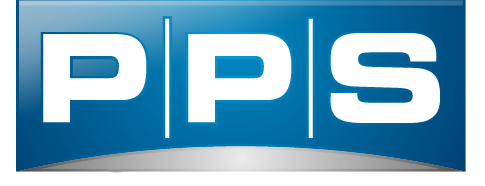As information continues to come out, we will continue to update this article to the best of our ability to ensure you are receiving up-to-date information regarding COVID, telemedicine and the various payer updates being released that may affect your practice. We are also going to do our best to only communicate info that we feel is relevant to our clients. We encourage you to get involved with your local public health departments and hospitals to see what you can do to help.
If you have specific questions about your state or how a particular payer is handling the situation, please email or leave a comment with your question. We will research and respond as quickly as possible.
Telehealth Changes Expected
Payers have been incredibly accommodating to providers over the past 18 months to ensure patients receive the care they need. This Telehealth accommodation is likely coming to an end in 2021. What does that mean exactly? Well, in the past, all teleheatlh providers were required to go through specific credentialing/contracting to ensure they met certain standards. Providers have been able to bypass this during the pandemic but it’s expected that contracting and credentialing changes will be made in 2022 mandating certain standards. This will help ensure compliance and prevent fraudulent billing which has increased significantly over the past 12 months. Be prepared for this change by contacting your payers and working with your network manager to ensure telemedicine is included in your contract.
Telehealth Commercial Payers
All commercial insurance companies have followed CMS’ lead regarding the expansion of telehealth services. This means that in most cases, they are not requiring new contracts in order to bill for telehealth services if you’re already participating with the payer. They have also lowered their standards in terms of the technology required in order to provide these services. Ultimately, the commercial payers are doing their best to keep up with this evolving situation and are updating their policies(some faster than others) to mirror CMS policy changes.
Well Done AETNA
We want to commend Aetna in particular for the bold step they took in paying participating AND non-participating providers for telehealth services rendered to their members. This is desperately needed if we are asking for physicians and providers to jump in and help during this desperate time of need. Our hope is that many of the other payers will follow their lead in this regard.
Basics for Billing Telehealth
While CMS prefers the use of Place of service 02 to designate telehealth services, most commercial payers do not require place of service 02 but do recognize it. You’ll likely read conflicting information regarding this which is why our recommendation is to be consistent when billing CMS and commercial payers and include an accurate POS. Commercial insurance companies require modifiers GT, GQ, GO and 95 to identify Telehealth services.
CMS- Medicare & Medicaid COVID-19 Updates
As most of you know, there was a national emergency declaration due to COVID-19. This has led to a number of changes within CMS all aimed at expanding access to care during this public health emergency.
Provider Enrollment Flexibilities:
CMS will temporarily suspend certain Medicare enrollment screening requirements including site visits and fingerprinting for non-certified Part B suppliers, physicians and non-physician practitioners. In addition, CMS will allow licensed providers to render services outside their state of enrollment. CMS will also establish a toll-free hotline for providers to enroll and receive temporary Medicare billing privileges.
Flexibility and Relief for State Medicaid Agencies:
The national emergency declaration also enables CMS to grant state and territorial Medicaid agencies a wider range of flexibilities under section 1135 waivers. States and territories are now encouraged to assess their needs and request these available flexibilities, which are outlined in the Medicaid and CHIP Disaster Response Toolkit. Examples of flexibilities available to states under section 1135 waivers include the ability to permit out-of-state providers to render services, temporarily suspend certain provider enrollment and revalidation requirements to promote access to care, allow providers to provide care in alternative settings, waive prior authorization requirements, and temporarily suspend certain pre-admission and annual screenings for nursing home residents. For more information and to access the toolkit, visit: https://www.medicaid.gov/state-resource-center/disaster-response-toolkit/index.html.
MIPS
Quality Payment Program – Merit-based Incentive Payment System (MIPS)
2019 Data Submission
Deadline extended from March 31, 2020 to April 30, 2020.
MIPS eligible clinicians who have not submitted any MIPS data by April 30, 2020 will qualify for the automatic extreme and uncontrollable circumstances policy and will receive a neutral payment adjustment for the 2021 MIPS payment year.
2020 Data Submission
CMS is evaluating options for providing relief around participation and data submission for 2020.
You can find additional info regarding changes at CMS here:https://www.cms.gov/newsroom
Additional Resources:


